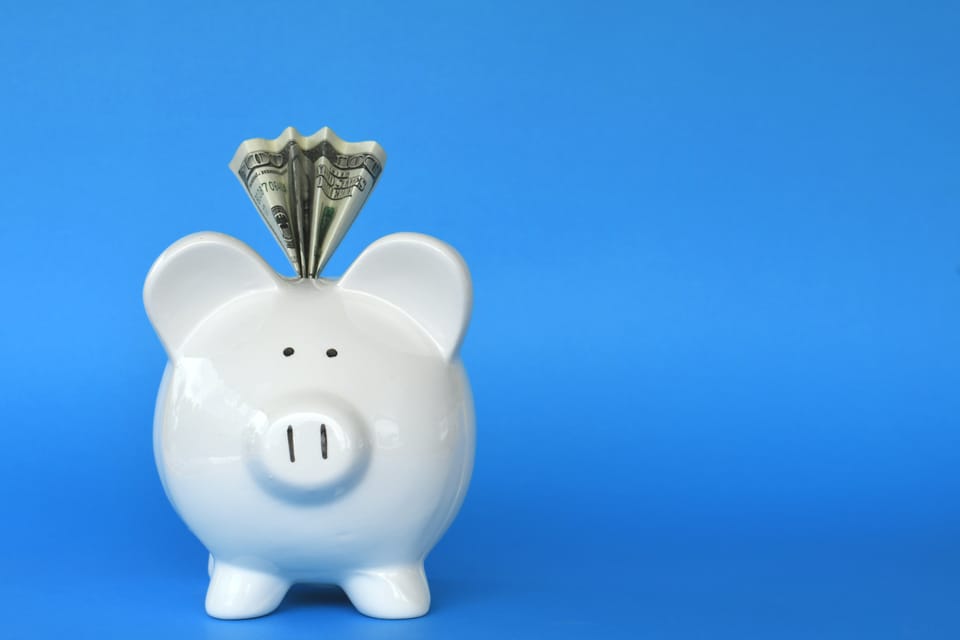5 Practical Tips To Help You Build An Emergency Fund

Unexpected expenses are a part of life, it could be a sick relative, stolen phone, job loss, etc but having an emergency fund can help you navigate financial surprises without stress, it provides a safety net, ensuring you that are financially prepared. If you are ready to start building yours, here are five practical tips to help you get started.
1. Set a Clear Savings Goal
The first step in building an emergency fund is determining how much you need. The rule of thumb is to have three to six months’ worth of living expenses saved in your emergency funds. This amount can vary depending on your lifestyle, income stability, and dependents.
- Start Small: If saving several months of expenses feels overwhelming, aim for a smaller goal to cover minor emergencies.
- Track Your Expenses: Review your monthly expenses to estimate how much you will need for essentials like rent, utilities, groceries, and transportation.
2. Automate Your Savings
Consistency is key to building an emergency fund, and automation makes it easier.
- Set Up Automatic Transfers: Schedule a portion of your paycheck to be deposited directly into your emergency fund.
- Use Savings Apps: Many financial apps can round up your purchases and deposit the spare change into a dedicated savings account.
Automation helps you save without having to think about it, turning your emergency fund into a priority.
3. Cut Back on Non-Essential Spending
Freeing up extra money for your emergency fund often starts with identifying areas where you can cut back.
- Track Your Spending: Use a budgeting tool or app to see where your money is going.
- Eliminate Unnecessary Expenses: Cancel subscriptions you don’t use, cook at home instead of dining out, and opt for free or low-cost entertainment options.
- Redirect Savings: Allocate the money you save directly to your emergency fund.
4. Earn Extra Income
Boosting your income can significantly accelerate your savings.
- Take on a Side Hustle: Consider freelancing, tutoring, or selling items online.
- Leverage Your Skills: Offer services like graphic design, writing, or handyman work to earn extra cash.
- Use Windfalls Wisely: Any unexpected income, like a tax refund or work bonus, can go directly into your emergency fund.
5. Keep Your Emergency Fund Separate
Your emergency fund should be easy to access in times of need but not so accessible that you are tempted to use it for everyday expenses.
- Open a Dedicated Account: Consider a high-yield savings account that earns interest while keeping your funds safe.
- Label the Account: Naming your account “Emergency Fund” can serve as a psychological reminder of its purpose.
Building an emergency fund takes time and discipline, but the financial security it provides is invaluable. Start small, stay consistent, and remember that every little bit adds up. By following these tips, you will be well on your way to creating a financial cushion that can protect you in times of need.


![How to Request Money with Zole This Festive Season[A Step-by-Step Guide]](/content/images/size/w750/2024/12/african-american-girl-reading-last-news-on-smartph-2024-10-20-10-08-43-utc-1.jpg)

Comments ()